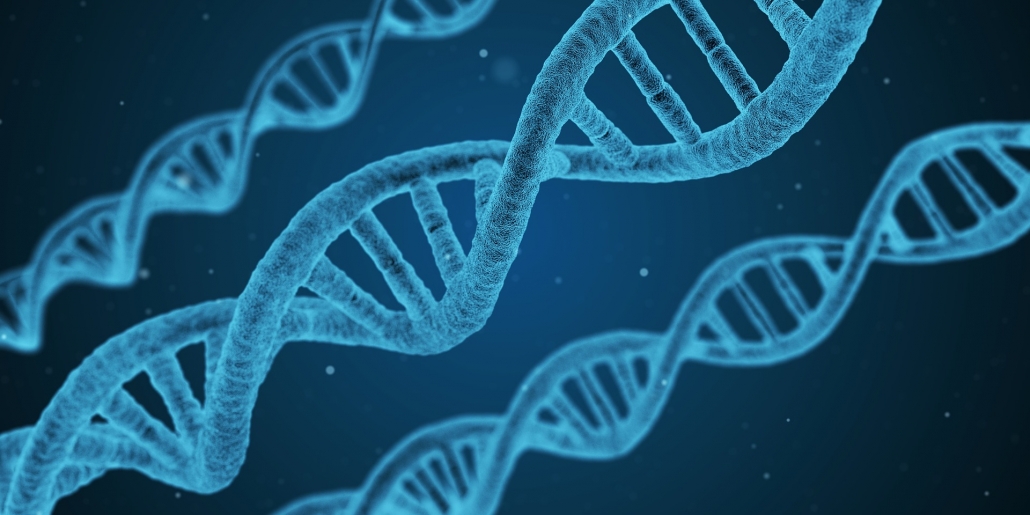September 27, 2018 -- As Next Generation Sequencing (NGS) technology develops, the analysis and interpretation of NGS data will prove to be one of the most complex aspects of transforming NGS data into meaningful results. Tertiary analysis, which follows primary and secondary analysis of the data, is among the most challenging steps.
The Evolving Applications of Sequencing Data

Tertiary analysis is key to how sequencing results are used. “The core of tertiary analysis is what we refer to as ‘interpretation.’ Interpretation involves the biological classification of observed variants, determination of the clinical relevance of these variants, the deemed action-ability of these variants in terms of treatment options, and extends to the ordering physician in terms of how clinically helpful the results or recommendations are,” explained Sean Scott, Vice President of Market Development at QIAGEN. QIAGEN’s NGS software platform serves all stages of NGS data analysis, including tertiary analysis.
As the use of NGS grows in the clinical and molecular diagnostics, the need for accurate and timely interpretation will become even greater. “[W]hen a cancer patient has progressed to a late-stage cancer, they’ve moved through the initial steps of standard care practices and they’re looking for alternative treatment and/or investigational drug options,” he explained. “[In this case,] interpretation can involve not just the molecular and genomic profiling of a patient, but the assessment of how the diagnostic, theranostic, resistance or prognostic data enables a medical oncologist to identify and select the right targeted therapies or combination of therapies for their patient, based upon the evidence indicating that the treatment(s) may be efficacious for a patient-specific cancer type and genomic molecular profile and likely improve the patient’s outcome.”
QIAGEN’s acquisition of a number of NGS informatics firms, and its ongoing investment via several acquisitions and internal R&D, gives it a unique position in the field. According to Mr. Scott, the company has invested in increased R&D spending for product integration and new products.
The company’s history in life science and clinical labs as a provider of laboratory products has also proven valuable, especially for customizing NGS solutions, said Mr. Scott. “QIAGEN has a very broad perspective on what the unmet needs and challenges are across the life sciences life cycle, from early-stage research to discovery [and] target id, through translational and clinical research, to diagnostics and point of care.”
In addition, the company’s NGS informatics offerings differentiate themselves in other ways. “We really look to provide both QIAGEN-branded support for those, but also universal support for our customer needs,” noted Mr. Scott. “There’s no conflict of interest in our business model where we need to build proprietary solutions, so to speak, to try to lock customers into our proprietary offerings.” This extends throughout the workflow. “However, because we have such a comprehensive portfolio, we can offer customers complete workflow solutions or a la carte, best-in-class solutions, depending on what they need.”
This includes supplementing widely available open source and freeware solutions for tertiary analysis. “When you speak to how to position commercial interpretation solutions with open source and freeware, I think, again, QIAGEN’s differentiation is largely based upon the level of investment it makes in our underlying knowledge base and evidence repositories, and how we think about that corpus of information, relative to what I highlighted earlier, in terms of the key challenge being understanding and accepting that human biology is complex,” said Mr. Scott. “You need to understand that before you can actually implement practical applications.” He added, “[A]t the end of the day, commercial companies play a role in developing sustainable, well-supported solutions, and that will be of increasing importance moving forward. Both are needed.
Nonetheless, so-called dry lab capabilities in NGS is an area that has been less emphasized and relative to the investment in instrumentation, according to Mr. Scott. “There really just continues to be an under-appreciation for the importance of what we refer to, more broadly speaking, as dry lab capabilities, but certainly tertiary analysis is a part of that.”
As new NGS applications expand, such as sequencing of newborn children or retesting individuals over their lifetime, the need for such capabilities will become even more evident. “I’m hopeful that we’ll see increased levels of collaboration between organizations such as NIH, the professional associations, whether it be American College of Medical Genetics, Association of Molecular Pathologists, or CAP [College of American Pathologists], and those type of industry organizations and commercial companies,” stated Mr. Scott. “[This is] because our philosophy is that there are big problems to solve, and ‘coopetition’ and collaboration will help this market develop and help the customers, patients [and] consumers it’s intended to serve more than through competition and people trying to do things independent of one another.”
As a participant in the tertiary analysis market, QIAGEN is contributing to efforts to compile and integrate data from multiple sources, according to Mr. Scott. “One of the things QIAGEN looks at as we build out our commercial solution is really trying to find better ways to facilitate integration of systems and data sharing across institutions, what we call multiparty data sharing, but providing the infrastructure and methods for doing so in a de-identified, highly secure way as compliant with HIPAA law, etc.”
What do you think about tertiary analysis? Are you familiar with this technology? Do you use NGS in your research? Join the discussion on our forums.
Copyright © 2018 scienceboard.net






